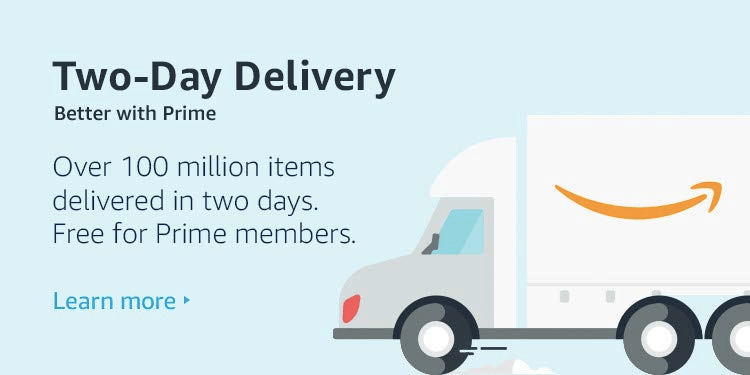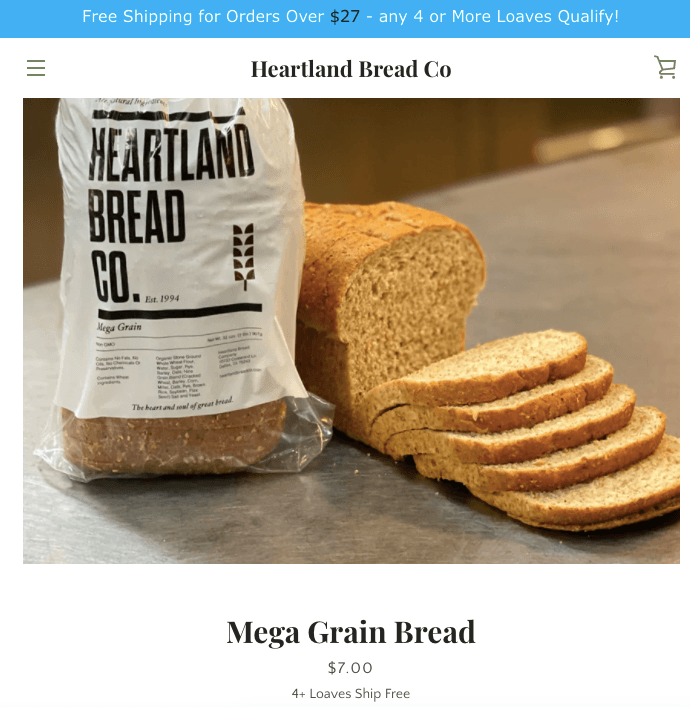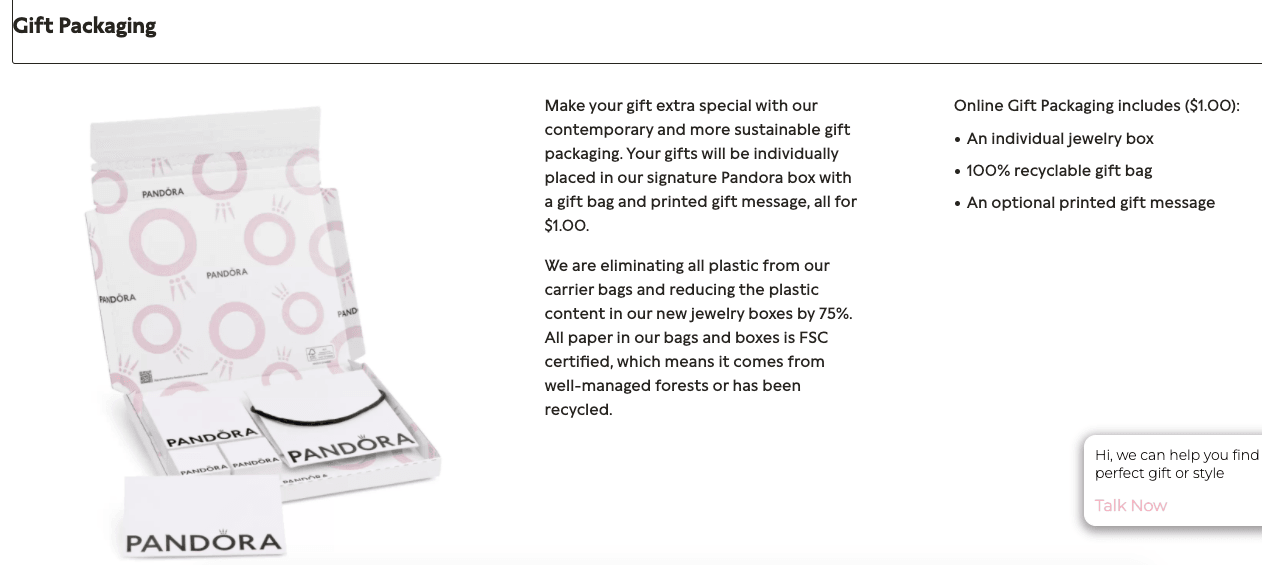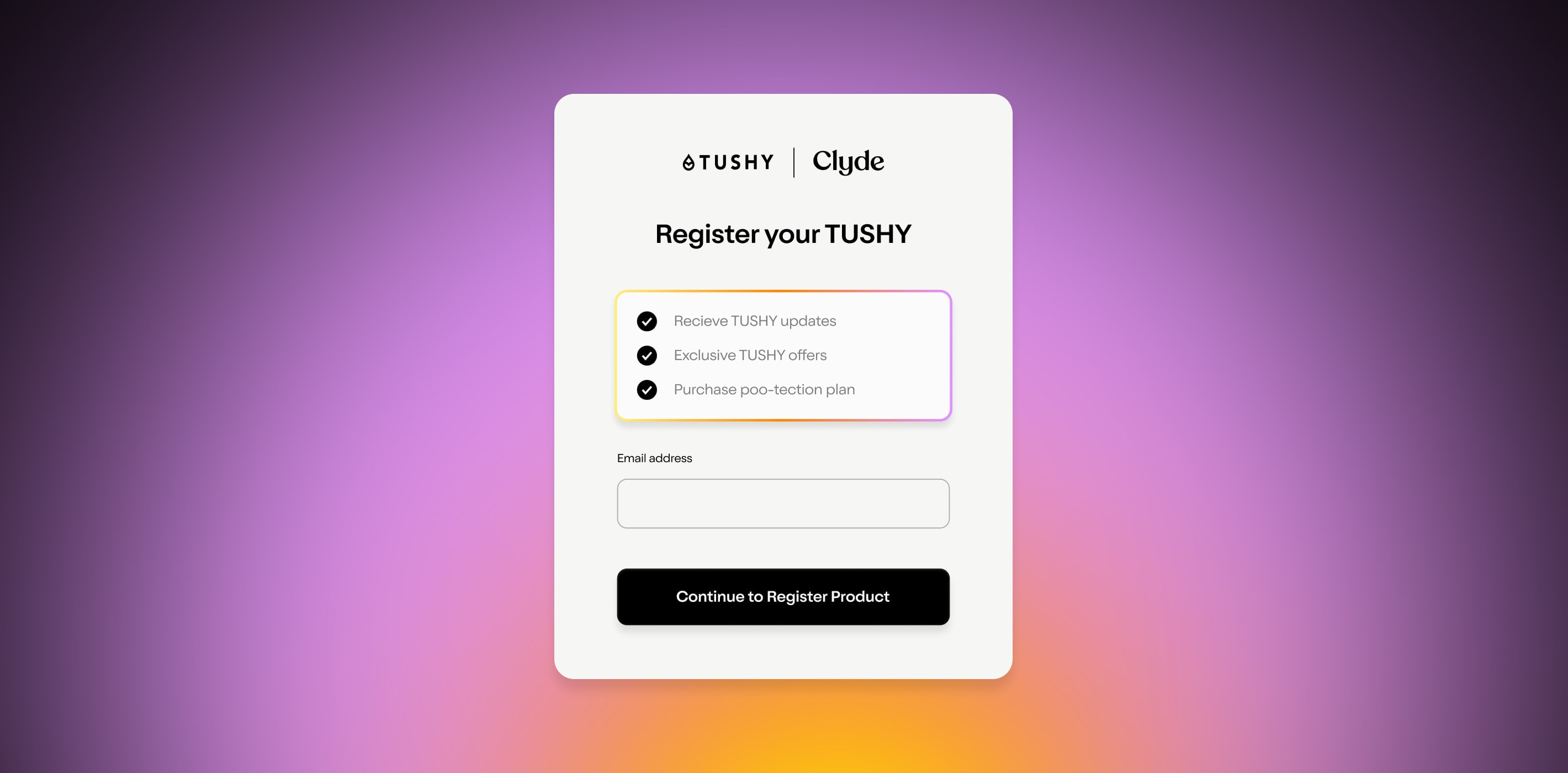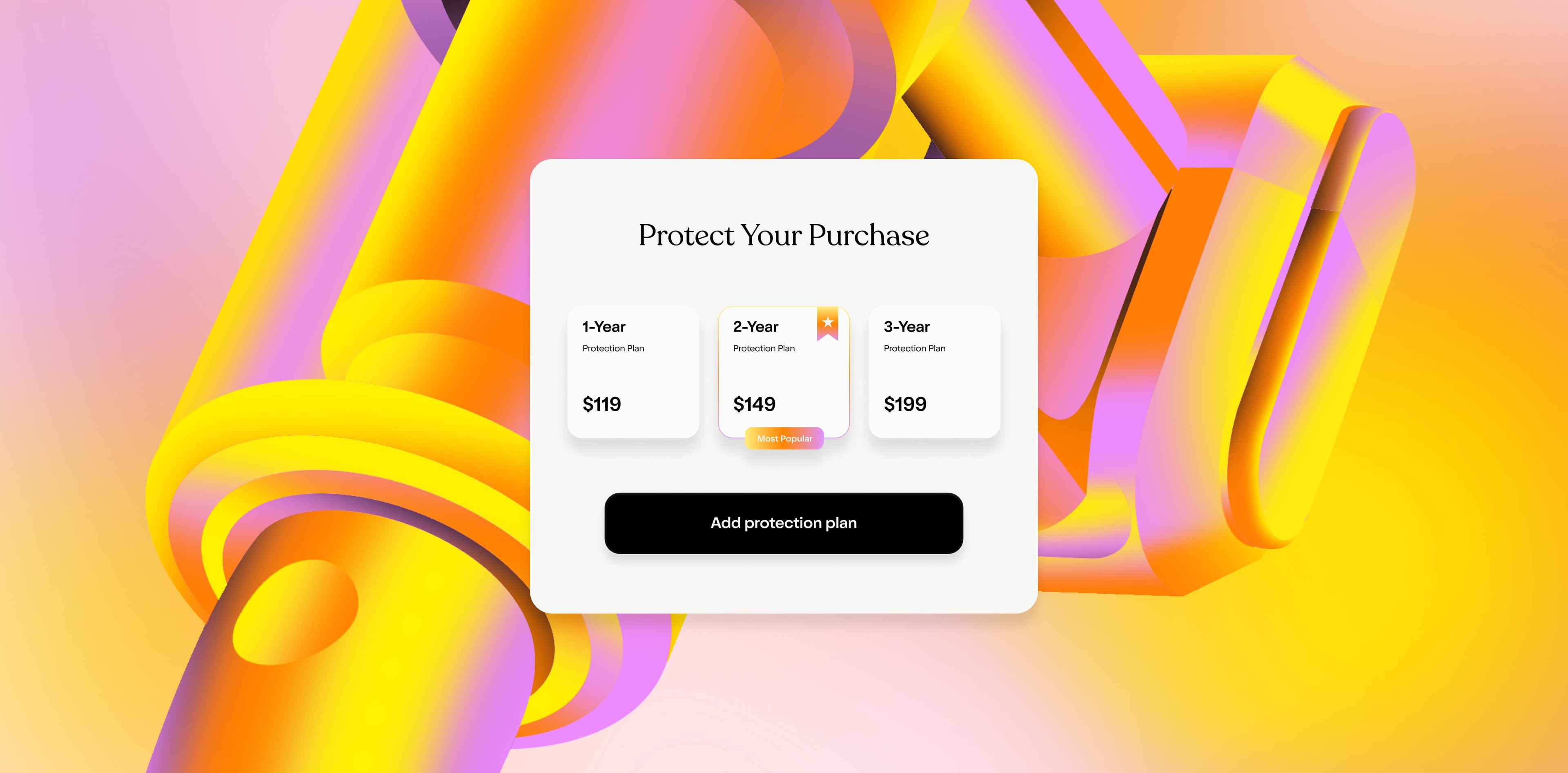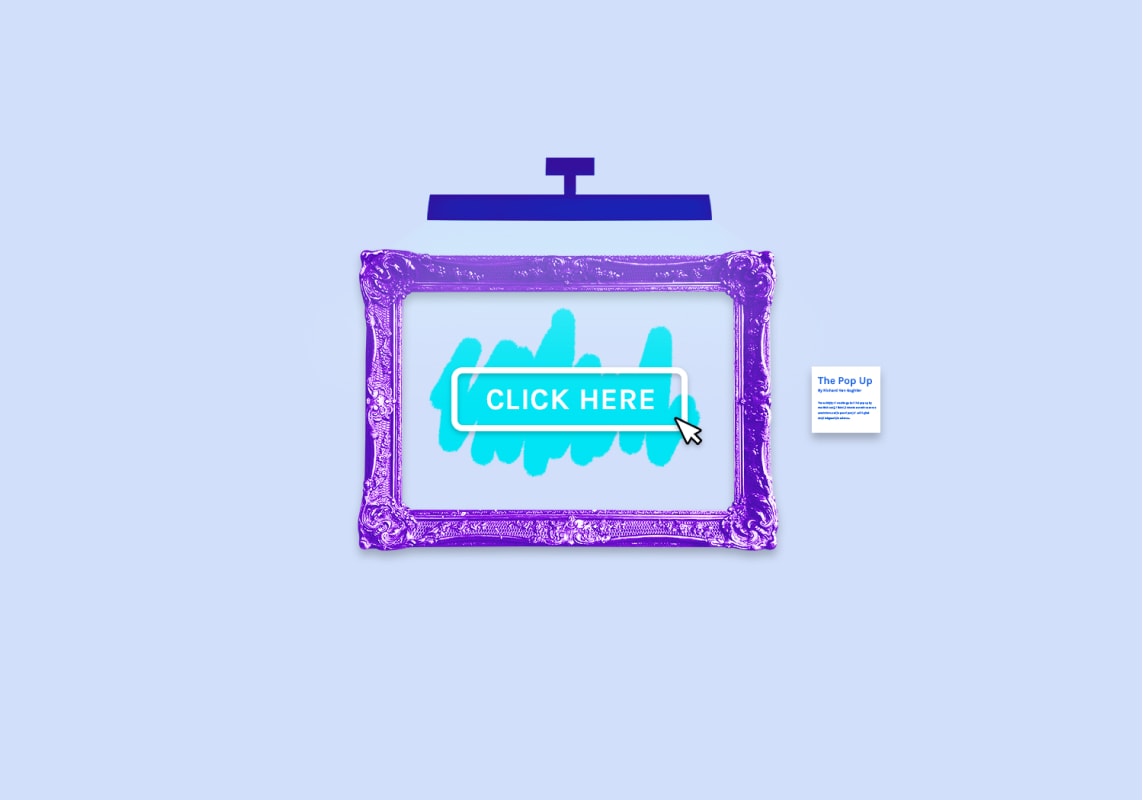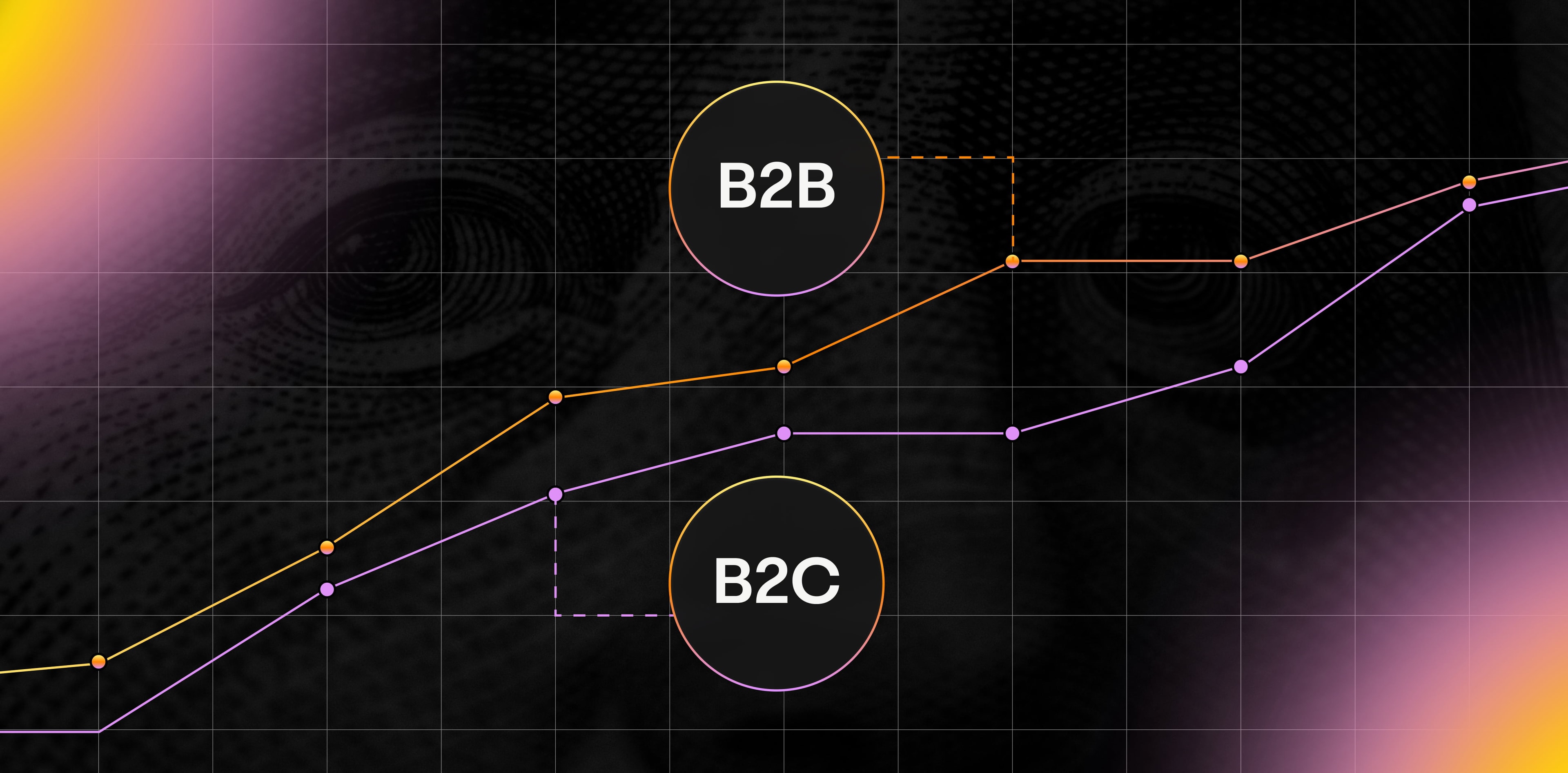Until we all fully live in the metaverse, any version of buying goods online still has to include physical, in-person logistics and fulfillment. Hello, eCommerce shipping.
eCommerce shipping is the process of delivering online orders to a customer’s doorstep.
For the sake of this guide, we’ll focus on its three main components: receiving orders after customers place them; processing products for shipment; and sending them out the door.
(You could make the argument that getting those products to your warehouse in the first place is part of shipping, but we think that fits more neatly under supply chain management. We have you covered there as well with these thoughts on supply chain challenges .)
So what’s the best way to approach each part of the eCommerce shipping process?
Read on to find out.
Shipping Expectations of eCommerce Shoppers and Why Getting Shipping Right Has Significant Business Impacts
Your customers expect that after they buy something on your site, they’ll get it quickly and painlessly.
Here’s what else they expect:
66% of consumers expect merchants to offer a free shipping option (but also expect for it to be slower) (JungleScout , 2021)
78% of customers are okay with having to spend more on their order to get free shipping, though (Inmar , 2021)
Customers are willing to wait an average of 8 days—up from 5 days in 2019—to get their items, but that’s it (ShipStation , 2020)
82% of customers prefer to have their orders fulfilled via home delivery; 9% to buy online, pick-up in store; 7.5% to collect from a collection point; and 1.5% to collect from a locker (Metapack , 2021)
But customers are open to other last-mile solutions in lieu of regular shipping: 85% would be willing to pick up their packages at a local grocery store or pharmacy if it saved them the cost of shipping (Inmar , 2021)
86% of customers say a poor shipping experience negatively impacts their perception of the retailer; 70% say the same thing even if it’s the carrier’s fault (ShipStation , 2020)
If customers have a negative delivery experience, 59% would contact retailer to complain; 36% would change retailers next time; 29% would leave a bad review, and 6% would post about it on social media (Metapack , 2021)
Basically, customers expect shipping that’s either free or fast—and ideally, both.
The Most Important Parts of eCommerce Shipping
eCommerce shipping doesn’t start when the product leaves your warehouse. It begins long before that, when your customer wheels their online cart through checkout and gives you money in exchange for the promise of their chosen goods reaching them.
Here’s what’s most important at each step of the way.
Order Placement
So you’ve got an order! Or ideally, thousands of them! Hold on—we’ve got to back up again.
Order placement starts with making sure your eComm site is set up to receive orders. That includes a lot of factors, but the two most important are:
Inventory management: making sure your physical products are produced and stored somewhere for you to send out
Software can help with this, including inventory management systems that note when customers are placing items in their cart and adjust your inventory forecasting based on the likelihood of a sale
This software will track when product is received, checked into stock,and placed on shelves
Checkout systems and payment processes: how customers will actually buy your products, including order forms and billing flows
Once your order is placed, you’ll use an order management system that sends order information—like product details, shipping time, recipient address, and more—from your eComm store to your fulfillment center.
Order Picking and Packing (Fulfillment)
Order fulfillment is when the customer’s order is picked and packaged for delivery.
In a small business, it might all happen in a storage unit—or even a kitchen table.
Larger business and enterprises have complicated webs of fulfillment centers spread around major geographic areas.
As Ivan Torlopov, Head of Supply Chain at Sellerplex, explained on the EcomCrew podcast , “If you’re shipping your own goods, you’re looking at a place like Kentucky, Indiana, or Tennessee. Those are regarded as the best places to ship from because you can get to the most number of human beings in the United States on two-day shipping from those states.”
Sellers manage those fulfillment centers through:
Order management systems that determines where to send orders (based on things like each warehouse or fulfillment center’s availability and the end destination)
Picking software and hardware that physically selects items from pallets and shelves (including automated pickers)
Packaging processes that ensure orders are packed and protected, especially in the case of fragile or outsized merchandise, and ready to be shipped out on time, whether that’s in boxes, bubble mailers, or any other kind of packaging (including custom or branded packaging)
Order Shipping
Order shipping is when the order leaves your warehouse and makes its way to your customer.
This can be done by:
The U.S. Postal Service
FedEx
UPS
DHL
Third-party logistics providers (3PLs) (who also usually pick and pack orders)
Private shipping fleets (like Amazon’s delivery trucks)
Types of eCommerce Shipping Methods: Which One is Right for Your Business?
When I say “shipping,” what do you think of? A tower of brown boxes balanced precariously by your front door?
Shipping comes in many shapes and sizes, including:
Free in-store pickup Ah, BOPIS . (Buy online, pick-up in store, for those not up to date on clunky eComm acronyms.)
This works best for retailers who already have physical stores, though eComm-only retailers can look into partnerships with national chains, too.
Basically, it works by offering buyers either faster or cheaper receipt of their products by having them go into a store to pick them up, versus waiting for them to be shipped to their house.
It works for retailers, because they save on shipping, have an easier time managing their inventory, and encourages buyers to spend time in their stores.
And buyers love the convenience: per the National Research Federation, 70% of consumers have found BOPIS to improve their shopping experience .
Two-day shipping Whether two-day shipping is the bane of your life or your favorite thing on earth, you can thank Jeff Bezos for it.
Amazon launched Prime in February of 2005 with an incredible offer: for a $79 fee, you got unlimited two-day shipping that usually cost $9.48 an order. All you had to do was place nine orders throughout the year and your membership would pay for itself.
As Vox reports , “With [the introduction of Prime’s two-day shipping], Amazon single-handedly — and permanently — raised the bar for convenience in online shopping.”
Two-day shipping is exactly what it sounds like: buyers getting their orders within two days, or 48 hours, of placing them.
That can be hard to do, especially in a cost-effective way. Some retailers limit two-day shipping offers to customers within close range of their fulfillment centers, or only for orders of a certain size.
The Prime promise.
Same-day delivery Same-day delivery is right there in the name. Buyers get their items the same day they purchase them.
To meet that super-fast delivery time, sellers rely on:
Micro fulfillment centers or local stores
Delivery hubs
Automated dispatch and routing systems
It can be expensive and inefficient when delivering in certain areas, but if you can figure it out, customers love it. 35% of retailers already offer same-day delivery, per Bringg, and that number is only growing.
Overnight shipping
Also known as next-day delivery, overnight shipping gets goods to customers the day after they order them. It often works by setting an order cutoff time, like 1 or 2 p.m.
That gives fulfillment centers enough time to pick and pack orders before dropping them off with their courier of choice for overnight delivery, which can happen by ground or air.
Expedited shipping Expedited shipping is extra-fast freight shipping. For instance, trucks with expedited packages make few or no stops in order to get their goods to end buyers sooner.
It can end up enabling overnight or two-day shipping. Either way, it’s always faster than standard shipping, which can be a few more days.
International shipping
If your products are of interest to an international audience, it may make sense to open up your shipping options to the whole globe.
Remember that lighter, smaller packages that are shipped in more durable material are the best things to ship internationally.
To facilitate international shipping, you’ll need to:
Check to see if your products can be imported into your target countries
Ensure you’re following any country-specific shipping regulations (like on shipping art or liquids)
Set up a shipping partner to purchase international shipping labels and to help you with any duties or taxes
Clarify fees and delivery times to international buyers (it’s unlikely you’ll be able to offer affordable two-day shipping, for instance!)
Eco-friendly shipping All this talk of shipping making your climate-change-spidey-senses tingle? It should. The extra cardboard, plastic bags, and fossil fuels required for the industry’s planes, trains and automobiles (/trucks, but you get where we’re going) contribute to climate change.
Especially since, per McKinsey, more than 90% of the environmental impact of consumer purchasing comes from supply chains.
So while you can encourage your consumers to recycle their boxes and to make sure they’re home during delivery windows so trucks don’t have to double back, you can actually make a much bigger impact streamlining your own supply chain.
That can look like:
Optimizing delivery routes for minimal fuel consumption, assuming you have control over your carriers
Using electric vans or trucks to transport freight goods and bicycles or porters to translate goods locally
Putting more items in each box and not sending out seperate boxes for the same order
Using eco-friendly packaging like compostable mailers
Eliminating single-use plastic from your packing
For inspiration, consider taking a page from Package Free ’s eBook. The company operates plastic-free by using upcycled or post-consumer boxes and paper wrapping and tape.
Freight shipping Freight shipping refers to transporting large quantities of goods via air, land, or sea. Freight shipments are over 30 x 30 x 30 inches and/or weigh over 150 pounds. (Smaller or lighter packages are parcel, with the former being shipped as a group and the latter being shipped individually.)
Goods are usually loaded onto pallets and are measured in truckload sizes: full truckload (24 to 26 pallets), partial truckload (6 to 12 pallets), and less-than-truckload (1 to 6 pallets).
Hybrid shipping services Hybrid shipping services rely on multiple fulfillment processes to meet customers’ orders.
For instance, an eComm company selling watches might do some in-house fulfillment and some outsourced fulfillment via third parties (3PL) for their main product, and use dropshipping options for accessories.
Alternatively, they could use one fulfillment partner for local shipments and another for international ones.
Some carriers even offer their own versions of hybrid shipping services. FedEx Ground Economy, formerly known as FedEx SmartPost , for instance, picks up customer orders but also uses rival carrier USPS to transport packages to post offices, where they are finally shipped out.
Free shipping Pre-pandemic, people cared about free shipping.
During? 41% of people said that free shipping had become even more important to them.
A case study on the Trend podcast explored the impact that free shipping can make:
Bread company Heartland Bread used to sell loaves of bread for $5, with shipping costing between $8-10 per order.
As an experiment, they raised the cost of each loaf by $2, to $7, and made shipping free if customers bought four or more loaves.
This way, instead of selling four loaves for $20, plus $8 shipping, for a total of $28, they’re selling four loaves for $28, with “free” shipping—so same numbers.
Offering free shipping nearly doubled their conversion rate, sending it from 4.9% to 8.6%.
It also spiked their numbers of bigger orders. For instance, they used to see 36% of orders include four loaves, and now they see 64%.
How to Calculate eCommerce Shipping Costs?
Mirror, mirror, on the wall…
Magic spells won't actually be needed, because eCommerce shipping costs are pretty easy to estimate. So long as you know some key features of your packages, like measurements, weight, and end location, you’ll know exactly how much to budget for shipping.
Package size Whether you’re using UPS or USPS or something entirely different, all major carriers use dimensional weight to calculate rates. That means that the physical size of a package—its surface area—plays into shipping costs.
You calculate dimensional weight by multiplying length x width x height and dividing by a standard number.
An example DIM weight from the USPS site .
Package weight A scale is all you need for this one. If this weight is heavier than your dimensional weight, carriers will use this one to calculate your shipping costs.
Origin address Where are you shipping from? U.S. packages are assigned a zone (1 to 8), and depending on where you’re based—and where your package is going—your shipping cost may be high or low.
Destination address Same as the above, only this time the zone calculated is where the package is going.
Tracking and insurance costs Packages usually aren’t automatically insured or trackable. But if you’re sending expensive products out, you’ll want to know you’re covered in case your package is lost or damaged.
And since customers care about being able to get real-time updates on their goods—86% say tracking is “important” or “very important”—paying extra for that information could be worth it.
eCommerce Packaging and Marketing Options
When you’re investing in the materials that will help get your products from point A to B, it’s not just cost that you should look at.
Packaging is also a marketing opportunity, so consider that angle.
You may want to invest in packaging that lines up with your branding and creates a fun (and social-media-friendly) unboxing experience for your buyers.
Or you may decide to lean into going the eco-friendly route.
After all, 32% of consumers value sustainability of shipping options more than cost and speed.
Custom packaging Forget brown and white boxes and mailers. Bye, yellow envelopes. Why not use your packaging to tell your story?
Nordstrom’s personal styling product, Truck Club, sends goods in artesanal boxes that mimic old-timey steamer trunks—and get customers excited for what’s inside.
BENEFITS OF CUSTOM PACKAGING
You can increase brand awareness. Consumer attention is hard to come by these days, but you’re guaranteed a captive audience when they’re unboxing their purchases. Why not take advantage of that with fun designs and creative copy?
You can encourage user-generated content. Bright packages, quippy calls-to-action, and QR codes that go to social accounts can help encourage customers to share their experience on their own profiles—and thus help you generate more business
Zenni’s custom blue packaging begs for an unboxing video—and this is just one of hundreds that has gotten thousands of views on YouTube.
You can design your boxes to be exactly the size you need. Instead of adjusting your products or your packing to fit standard boxes, you can make sure you’re getting the best option for your specific line of goods.
You can protect your products. Packaging is meant to protect, but a premade box that isn’t customized for your goods might not do as good a job as something you create yourself.
For only $1 more, Pandora customers can send orders in special gift packaging (which is also eco-friendly, as you can see.)
2. Eco-friendly packaging 65% of retailers prefer reusable packaging to plastic—but that’s just the beginning of what eco-friendly packaging can look like.
Last year, McDonald’s told the world they’d use 100% renewable, recycled, or certified materials in their packaging by 2025. eComm brands are joining up via:
Plant-based packaging
Biodegradable packaging
Using less materials in packaging
Using paper instead of plastic
Designing custom smaller boxes to need less packaging material
Using mailers instead of boxes
Benefits of eco-friendly packaging
You can align your brand with your customers’ values. 32% of consumers would rather pay more for more sustainable goods—show them that you’re willing to invest more in marking your products as environmentally-friendly as possible, too.
You can reduce costs. Eco-friendly packaging doesn’t
have to be more expensive, especially if you keep your approach simple by stripping out extras. Smaller boxes with less filling needed might mean saving the environment and a few bucks at the same time.
You can distinguish yourself from your competition. Chances are you’re not competing with Amazon on price. Why not stand out through your more environmentally-friendly packaging?
Other Important Considerations: Tracking, Returns Information, Shipping Insurance, and More
Make sure your shipping solution is set up to cover the following areas—and that you’re budgeting for their additional expense.
Tracking eCommerce Shipments
Tracking packages lets you and your customers know exactly where things are in transit. With USPS, FedEx, and UPS, all tracking is free, door-to-door.
You can do it with existing tools—check out the Klaviyo hack below—or invest in a shipping tracking platform that automatically flags issues to you and proactively communicates with your customers.
Shipping tracking platform Malomo supports what they call “tracking marketing,” which is using the transactional emails that consumers love to open—things like “your package has shipped!”—to create better experiences for consumers and to support other marketing goals.
Return Policy
No one likes returns.
But sometimes, they’re a necessary part of a purchase. Something doesn’t fit, or look the way it did in photos. 70% of consumers across the U.S. and Europe have returned a product in the last month.
You don’t want to lose that customer—not with CACs being what they are.
Having a solid returns process is key to customer retention. You can offer:
Automatic shipping labels that can be attached to the original packaging and dropped off at UPS or FedEx locations
Scheduled home pickup for returns
Options to return in physical stores
Shipping Labels
Shipping labels tell carriers where your package is going. Sounds pretty important, right?
They insure accurate delivery, timeliness, and trackability, and need to include:
Seller name and address
Recipient name and address
Package weight
Unidirectional code
Postal barcode
Service type, like priority or standard
Routing number
Tracking number
Labels can be printed automatically via shipping software or carriers’ websites. You can also include prepaid return shipping labels for any items your customer doesn’t want to keep.
Choosing a Company to Ship Your Products With
Which company is right for you? Depends on your shipping needs.
UPS
UPS is great for large packages or overnight deliveries, as it’s the largest courier in the world. It beats USPS’ maximum weight allowance by 200+% (150 lbs vs 70 lbs).
It also offers extensive insurance options, of goods up to $50,000, which makes it a good choice for luxury retailers.
FedEx
FedEx is known as the most expensive (though sometimes that means more reliable) carrier—but they do have volume-based prices for businesses who send a lot of goods through them.
They offer different services through FedEx Ground, FedEx Express (for overnight / air deliveries), and FedEx Home Delivery (for local deliveries). Their service is popular for perishable goods, since they offer special packaging for things that need to stay cold.
Unlike USPS, they don’t go everywhere, so remote deliveries might not be possible with FedEx.
USPS
Because the U.S. Postal System has to deliver mail to everyone in the entire United States, they are the ultimate option for last-mile delivery. (Who else would deliver mail by snowmobile, mule, and boat? )
It’s also often the cheapest choice for ground shipping—even if it’s a little slower. Calculate USPS costs and timing .
DHL
If you ship a lot internationally, you may want to partner with DHL. It delivers to more than 220 countries and territories and can even do same-day deliveries internationally.
Start here to get a shipping rate quote.
Best eCommerce Shipping Integrations & Software
You don’t have to deal with all of your shipping needs yourself. Choosing the right shipping software can make your life easier
ShipBob ShipBob is a 3PL partner specialized in DTC eCommerce fulfillment. (They work with 50k+ DTC brands.) It takes care of everything from inventory management to shipping.
Shopify Shipping Shopify Shipping is a great option for people already using the eCommerce platform and not interested in finding a new partner. (It comes included with your subscription!)
It integrates with other platforms, but you’ll need to pay for add-ons to do anything beyond basic shipping.
ShippingEasy This cloud-based solution integrates with most leading platforms and makes it easy to manage orders, automate shipping, and communicate with recipients, including by email, chat, and phone. It can also integrate with your Amazon seller account.
ShipStation ShipStation integrates with 150 different marketplaces and shopping cards, and allows for branded tracking pages and return portals.
Ordoro This platform is best for high-volume shippers or those using truck freight shipping. It also has options for dropshipping and inventory management, for additional costs.
BigCommerce Shipping Manager This plug-in offers customizations to let you provide free shipping to different zones or for different products. It also works with other options on this list, like ShipStation and ShipBob.
Give Your eCommerce Customers Product Protection With Clyde
You’re spending a lot of time and money making sure that your customers get exactly what they ordered exactly when you said they’d have it.
Why not look out for them after the fact, too?
Offering product protection with Clyde makes for a better customer experience—and a better profit margin. Schedule a free demo today.
SIGN UP FOR OUR NEWSLETTER

